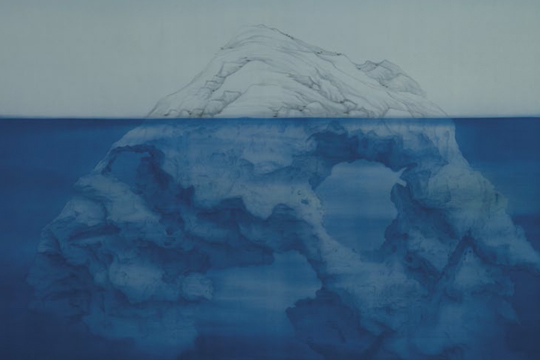LIGHTNESS: A CLUE AND SIX FACES
| July 24, 2013 | Post In LEAP 21

Around 30 years ago, Italo Calvino used a story from the Boccaccio classic The Decameron in a lecture as a prime illustration of the concept of “lightness.” Boccaccio paints the portrait of a hermetic Florentine poet in Guido Cavalcanti, the refined and solemn philosopher who is distrusted and cast out by Florence’s profligate socialites and a few townspeople. In the story, one day, seeing Cavalcanti wandering lost in thought between the stone pillars and marble tombs of the San Giovanni in Laterano Church, Cavalcanti’s detractors decide to ambush him. But rather than respond to their taunting with rational argument, he throws out a single pithy line and flees, retreating into the safety of the tombs, escaping the confrontation. The image in the mind’s eye that this scene elicits and its hidden meaning are what is meant by “lightness.” Now, 30 years later, we have realized that we still have an unprecedented need for the brief release from worldly cares that comes from “a kind of lightness that embodies careful consideration,” as well as a need to maintain a curiosity toward the future.
As the main exhibition at Hive Contemporary Art Center’s opening, the feeling of “lightness,” just like the works and list of artists represented in the exhibition, was pretty anticlimactic. It did not need to give the audience room for critique; the exhibition was already carefully arranged in advance by its curator to eliminate any elements that might have been provocative. These artists are excellent and self-aware. They have already firmly established their positions at the top, having transcended regional and national boundaries. “Lightness” is the compilation of these artists’ different aesthetic characters. It is also an exercise in deciphering significant clues as to their respective creative approaches.” Bringing the works of artists already established and acknowledged by the system is obviously not an effort to consider “possible futures,” but such a safe strategy does allow and merit their detailed comparative consideration.
The way the large and small spaces are cut and nested, and even the partitions within the exhibition hall—except for those with an explicitly structural function—richly enhance the effect, giving the viewer a sense of novelty. Because none of the works is being shown for the first time, there are a few that have long since been identified as examples of outstanding Chinese contemporary art, such as Liu Ye’s still life and Yang Fudong’s video. Aside from revisiting the enduring attraction of the unique language of these artworks, the event certainly had its fair share of viewers with enough experience to closely examine the curator’s understanding of and control over his relationship with the space, analyzing how a work has been transformed during the process from the artwork’s creation all the way to the museum or gallery, as well which frameworks artists using different media employ in their practice.
The curator took the concept of “lightness,” the classical Chinese aesthetics of yipin, the Chinese concept of high-mindedness yiqi, Confucianism, and Daoism and established a common thread running through them, utilizing their universal relationship on the perceptual level rather than combing through them all with formal logic. But Calvino’s “lightness” is actually not an aesthetic feature—it is more like a methodology or a cognitive structure. Faced with the concrete world’s weight and complexity, with its hidden philosophical structures, it returns to a relatively simple attitude. In regards to the delicate stage of its transformation, “Lightness” is also Hive Contemporary Art Center’s response to the outside world’s challenge since its opening: like Guido Cavalcanti, it hopes to take a nimble leap away from controversy—simplifying, retreating, and retracing its footsteps toward the safety of the marble tomb, rising from the ashes of that period of its history, swiftly merging its new body with its existing structure.

